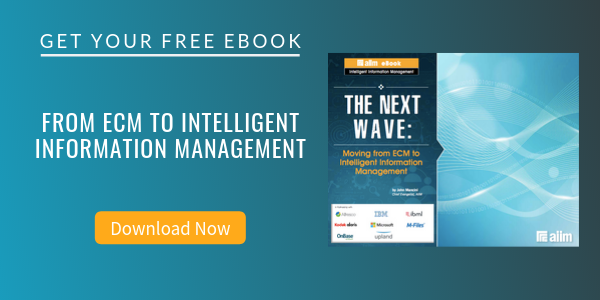Making an ECM implementation work requires planning and attention to detail. At first blush, it may look like any other technology implementation, but it's far from it. ECM is a complex set of technologies that work together.
The best way to create the right solution is to identify organizational goals and priorities. Common drivers include enabling easy access and retrieval of content, as well as, reducing risk and meeting regulatory requirements.
I recently put together a short white paper outlining the 14 steps to a successful ECM implementation. I've compiled the finer points into a checklist, designed to help guide your organization through the process of implementing ECM.
-
Keep your eye on the goal and close tabs on the project.
-
Create a framework for understanding how you will protect your information assets.
-
Take time to get management buy-in on the front end.
-
Explicitly think about how and when you will communicate about the project.

-
Conduct an information survey to determine present-state.
-
Create a business case with financial teeth.
-
Build business and system requirements tied for the business case.
-
Create a business classification scheme as a frame to your content.
-
Clearly define user categories, roles, and contexts.
-
Inventory the existing (and missing) people and technology assets to support the project.
-
Create a meaningful pilot.
-
Create a detailed roll-out plan – and follow it.
-
Create a fall-back plan.
-
After initial implementation, take time to determine and commit to the next steps.
